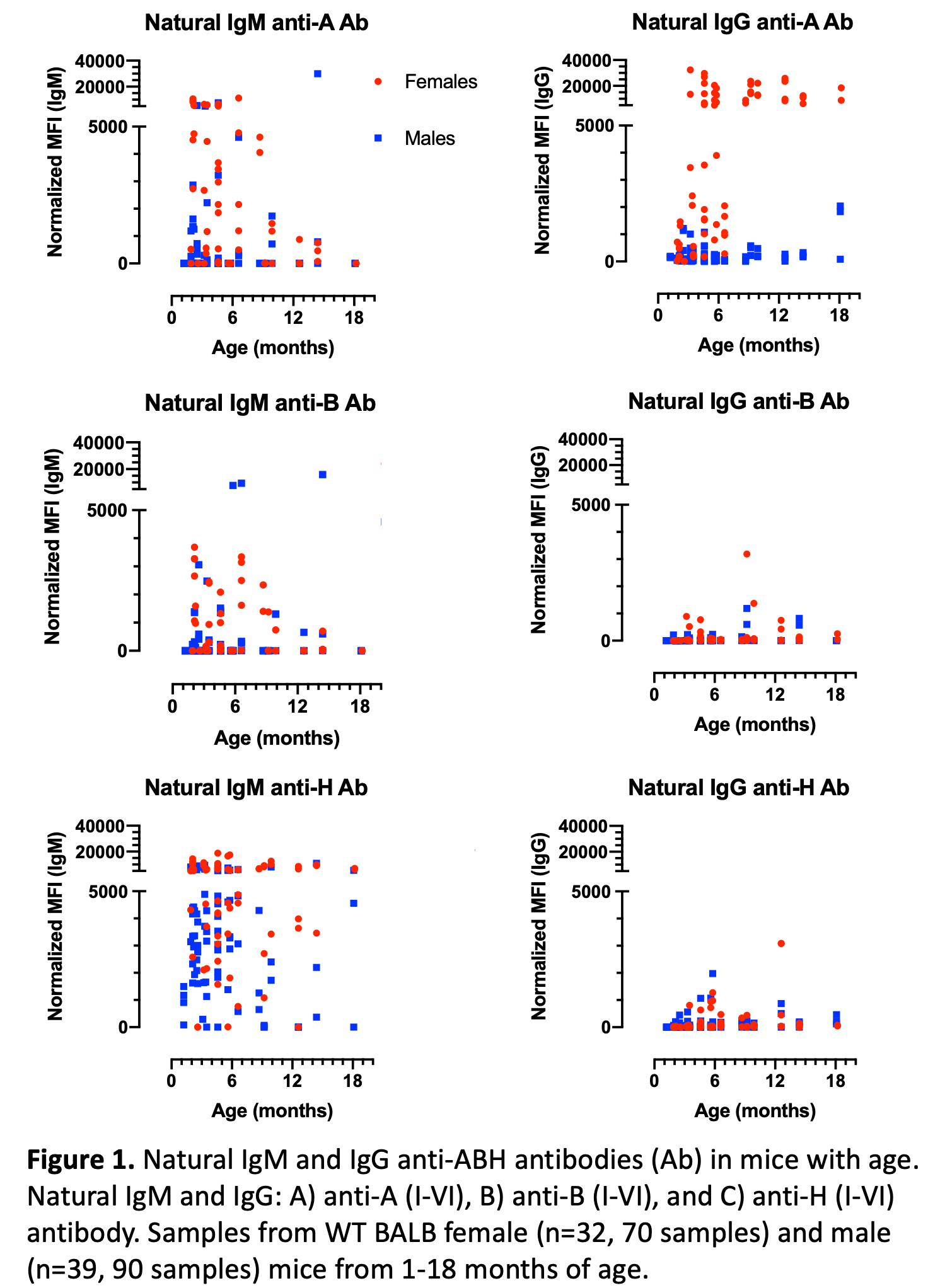Impact of Donor Noninvasive Liver Fibrotic Score on Graft Injury in Liver Transplantation
The Dumont-UCLA Transplant Center, UCLA, Los Angeles, CA
Meeting: 2020 American Transplant Congress
Abstract number: D-114
Keywords: Donors, marginal, Fibrosis, Graft function, Liver cirrhosis
Session Information
Session Name: Poster Session D: Liver: MELD, Allocation and Donor Issues (DCD/ECD)
Session Type: Poster Session
Date: Saturday, May 30, 2020
Session Time: 3:15pm-4:00pm
 Presentation Time: 3:30pm-4:00pm
Presentation Time: 3:30pm-4:00pm
Location: Virtual
*Purpose: The increasing prevalence of obesity and metabolic syndrome, has led to a corresponding increase in steatotic livers being utilized in liver transplantation (LT). These livers are subject to chronic inflammation. Thus we hypothesized that donor grafts used in LT, may have undetectable fibrosis. Meanwhile, the utility of noninvasive liver fibrotic scores has been reported to predict liver fibrosis and prognosis. However, the utility of these scores in assessing donor graft outcomes remains unclear. In this study, we calculated noninvasive liver fibrotic scores and assessed their impact on LT outcomes.
*Methods: The BARD and NAFLD fibrosis scores (NAFLDFS), were calculated using donor data as shown in Fig. A. Patient characteristics and outcomes including post-LT transaminases, ischemia reperfusion injury (IRI) (no, minimal, mild, moderate, severe), early allograft dysfunction (EAD), and survival were compared by Mann-Whitney U/ X2/ Log-rank test using score specific cut-off values (Fig. B). The relationship between these scores and histological fibrosis were analyzed (1011 adult LTs, single center, 2012-2018).
*Results: Of 1011 patients, 998 patients with available donor data were included. In study 1, patients were classified into low BARD (0-2) (n=714) and high BARD (3-4) (n=284). Patients that received grafts with high BARD showed significantly higher post-LT serum maximal AST/ ALT (AST: 1155 vs 811 U/L, p<0.001, ALT: 534 vs 442 U/L, p=0.005), higher incidence of EAD (32 vs 24%, p=0.010), and higher incidence of IRI (mild to severe: 58 vs 45%, p=0.006) (Fig. C). In study 2, patients were classified into Low NAFLDFS (<3) (n=766) and high NAFLDFS (≥3) (n=232). Patients that received grafts with high NAFLDFS had significantly higher post-LT serum maximal AST (983 vs 880 U/L, p=0.030) and higher incidence of mild to severe IRI (58 vs 46%, p=0.027) (Fig. D). Analyzing the relationship between scores vs graft survival, and histological fibrosis did not show a significant correlation with either score.
*Conclusions: Increased BARD and NAFLD fibrosis scores appear to correlate with increased post-LT transaminases, incidence of IRI and EAD, although it is unclear whether these scores are truly reflective of unrecognized liver fibrosis. These results suggest that BARD and NAFLD fibrosis scores may serve as an additional tool in assessing in liver grafts for transplantation.
To cite this abstract in AMA style:
Younan SM, Ito T, Hirao H, Aziz A, Murray AE, III JDiNorcia, Agopian VG, Farmer DG, Busuttil RW, Kaldas FM. Impact of Donor Noninvasive Liver Fibrotic Score on Graft Injury in Liver Transplantation [abstract]. Am J Transplant. 2020; 20 (suppl 3). https://atcmeetingabstracts.com/abstract/impact-of-donor-noninvasive-liver-fibrotic-score-on-graft-injury-in-liver-transplantation/. Accessed October 14, 2025.« Back to 2020 American Transplant Congress

